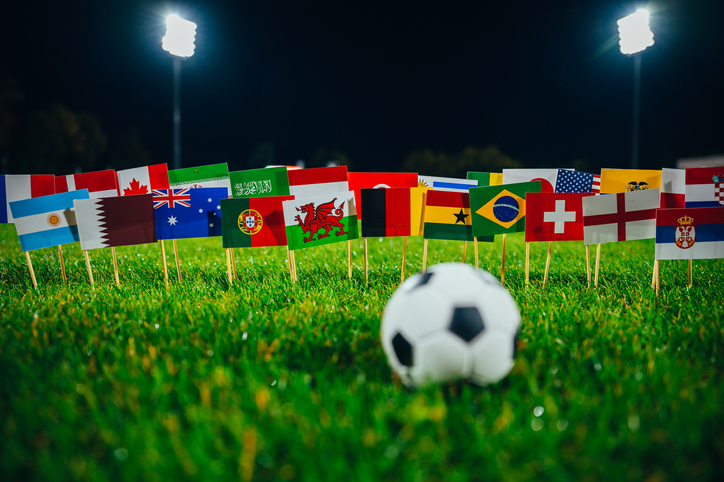
From South Korea’s run to the semi-finals in 2002 to Frank Lampard’s “ghost goal” versus Germany in 2010, the world’s love affair with the World Cup has for decades put referee decisions in the spotlight. New technologies on and off the pitch at this year’s World Cup ensured that games had fewer controversies. This, in turn, reduced frustration for players, coaches and fans. The key to success for this high-tech infusion is delivering indisputable, evidence-based facts in real time to minimize reliance on subjective, manmade choices.
This is exactly what the World Cup and elections have in common: both draw worldwide attention, and both are using technology to deliver data-driven facts to improve accuracy, speed, and human decision-making. The ultimate goal (pun intended) is to deliver accurate outcomes based on transparent, impartial management.
Sophisticated and innovative, World Cup technology and Smartmatic election technology (which you can see here) deliver improved experiences for fans and voters, respectively. Let’s take a look at the tech that’s reshaping the world’s biggest sporting event.
Like all things soccer, tech at the World Cup starts with the ball. The Al Rihla, the official match ball made by Adidas, has motion sensors inside. The sensors report precise ball locations 500 times per second, and relay the real-time data to officials, helping them make more precise calls, like whether a ball is in or out. Similarly, election technology enables election referees (for this World Cup edition we can call election officials ‘referees’) to make more informed decisions more quickly. Should they be questioned, both types of referees now have evidence to support their decisions.
The balls’ data also assists in detecting unclear player touches. This data improves the quality and speed of Video Assistant Referees (VAR) decision-making. Some soccer fans are reluctant to accept VAR. They dislike it because it slows down the game and distracts them. Other fans, however, like VAR because it minimizes the chances of bad calls affecting the outcome of the game. The technology, however, is here to stay.
The VAR employs 12 dedicated cameras mounted inside the stadium roof to track the ball and players. It collects up to 29 data points for each player, 50 times per second, to calculate their exact position on the pitch. The 29 data points include players’ limbs, hands and feet.
The data is fed into an artificial intelligence system, helping referees make accurate calls (and non-calls) on penalties and other important plays. An automated alert pings match officials inside a video operation room, who validate the information before informing the referee.
Football fans and voters often ask the same question: The officials are good, so is the technology really needed? Yes, both football and election officials are excellent. And yes, the technology is needed.
According to premierleague.com, before VAR was introduced to the Premier League during the 2018/19 season, the percentage of correct key match decisions stood at 82%. After using VAR for the full 2109/20 season, correct key match decisions rose to 94%.
Similarly, election technology has been shown to improve accuracy over human counting. An experiment from Rice University where participants hand counted just 120 ballots was accurate only 58% of the time. Imagine multiplying the number of ballots counted by 100 or 1,000 or 100,000. Other studies have produced similar results.
Election technology, on the other hand, is very accurate time and again. In the Philippines, for example, Smartmatic precinct scanners (vote counting machines) were shown by independent audit to be accurate 99.95% of the time in the May 2022 election – and that’s with more than 60 million ballots cast. Similar results have been produced in every Philippine election since 2010 when the devices were first deployed.
The World Cup also used technology off the pitch. Command centers used more than 15,000 cameras positioned in and around all eight stadiums to track fans’ movements to improve the in-stadium fan experience. The monitoring center forecast crowd patterns using algorithms, which rely on multiple data streams, including ticket sales and traffic flows at the stadium’s points of entry.
Similarly, election officials in many locations worldwide use technology for everything from designing polling station layouts to deployment logistics to managing voter traffic and staffing on Election Day. The ultimate goal is improved operational efficiency, better service, shorter lines and great voter experiences. And the chances are, technology will play an even bigger role in the future.
Regardless of which World Cup contender you were rooting for, remember that the officials are doing the hardest work and they want nothing more than a fair and impartial outcome. Same goes for elections.
